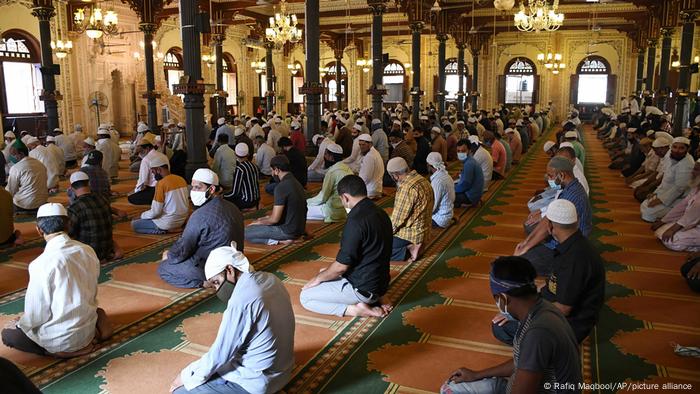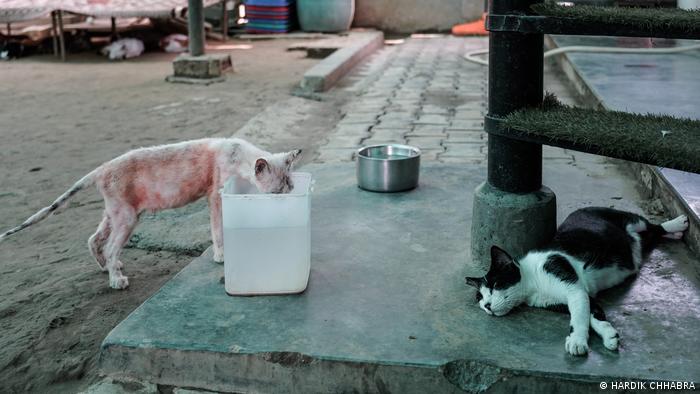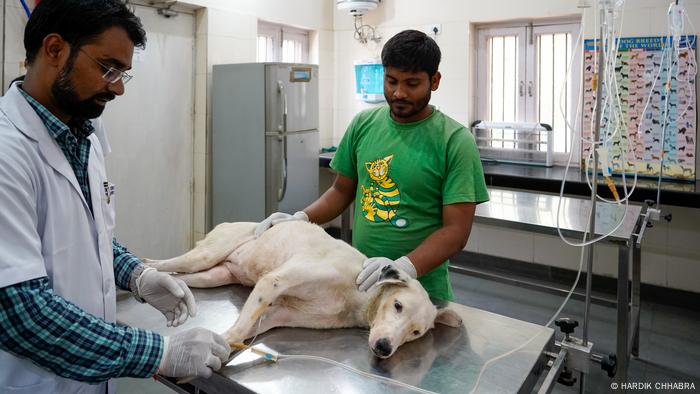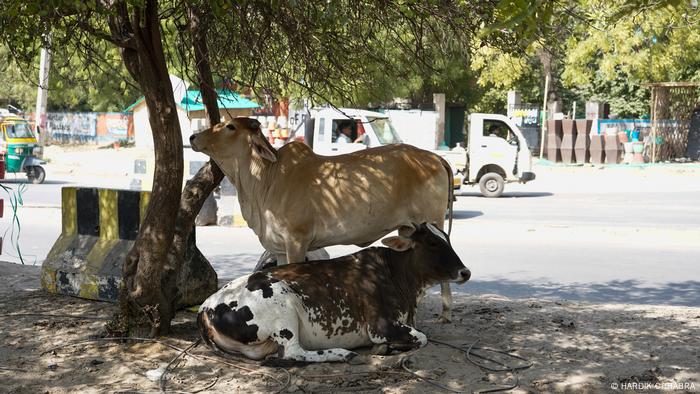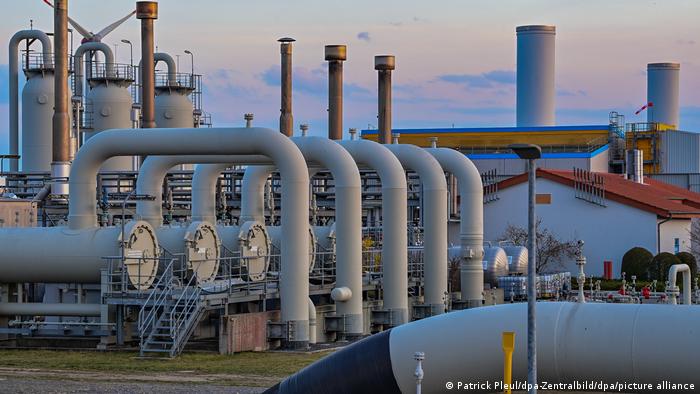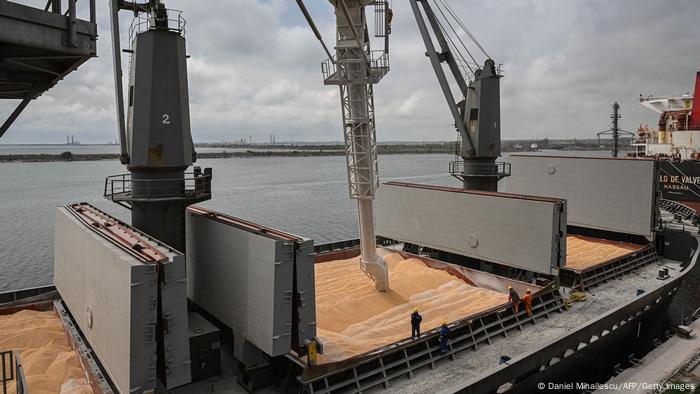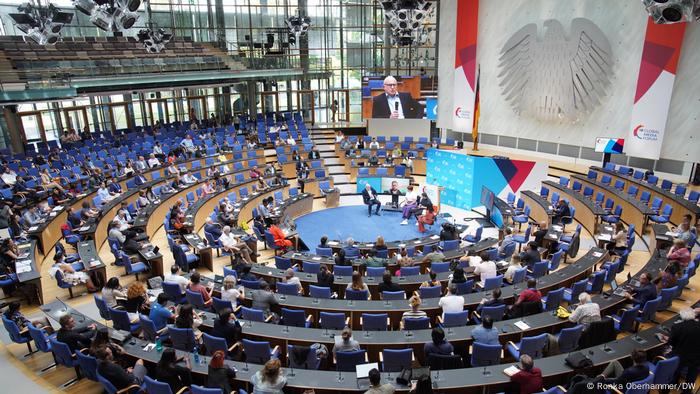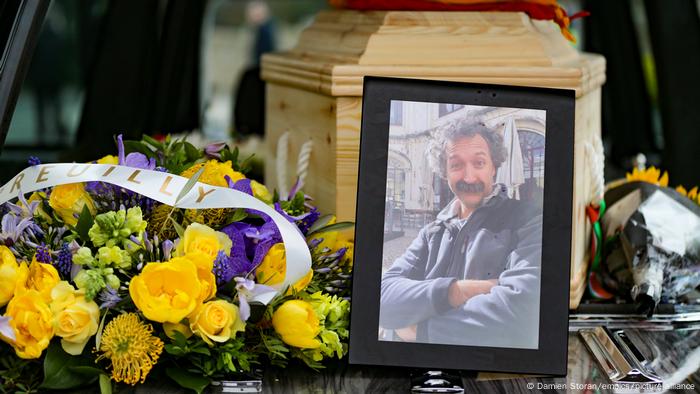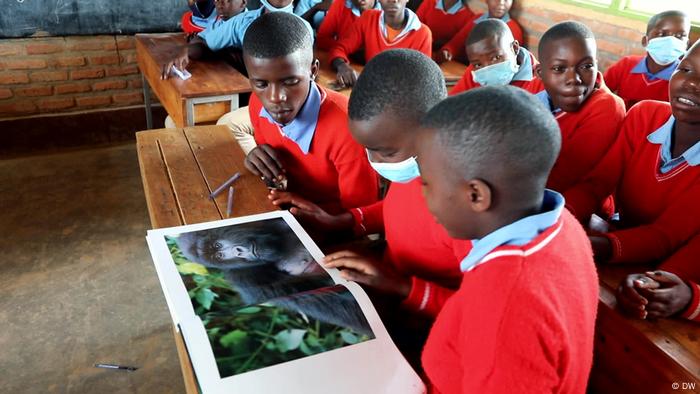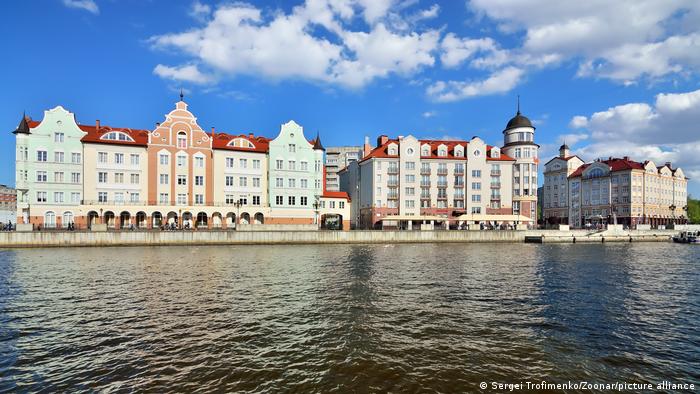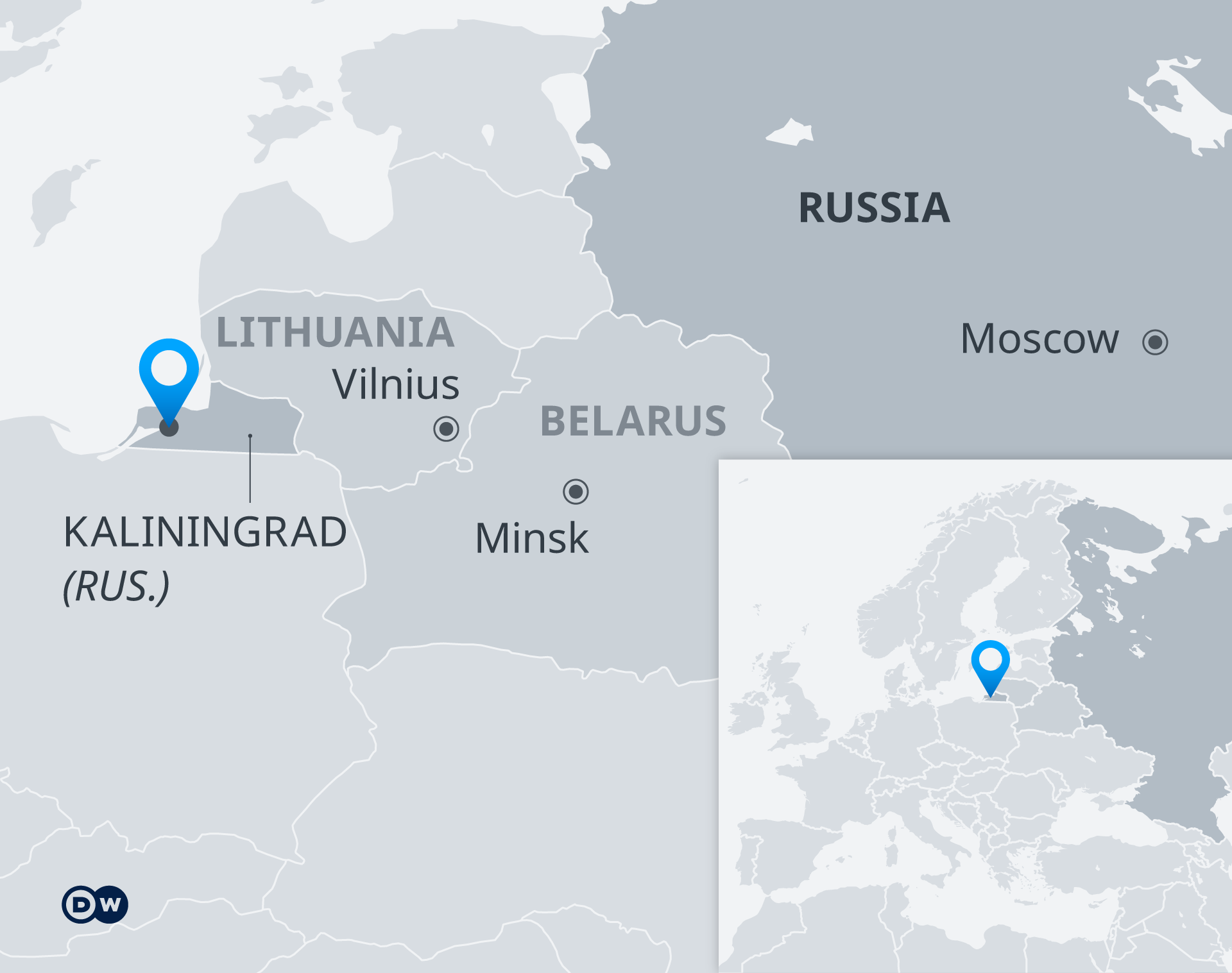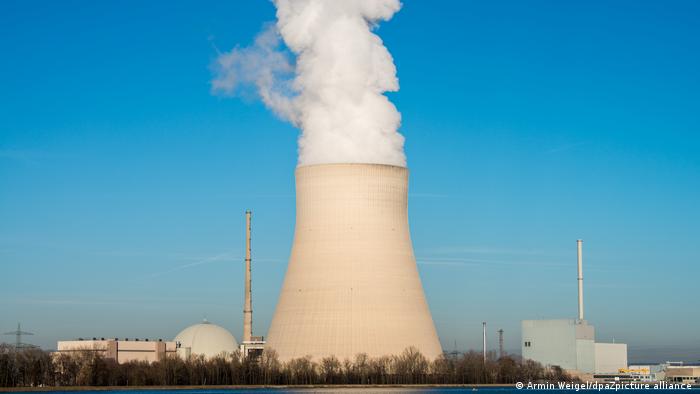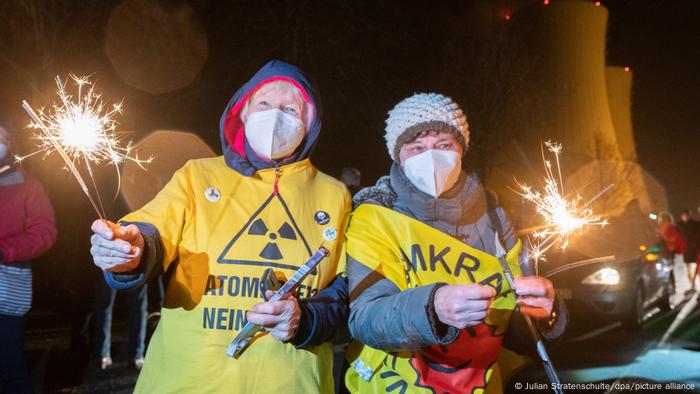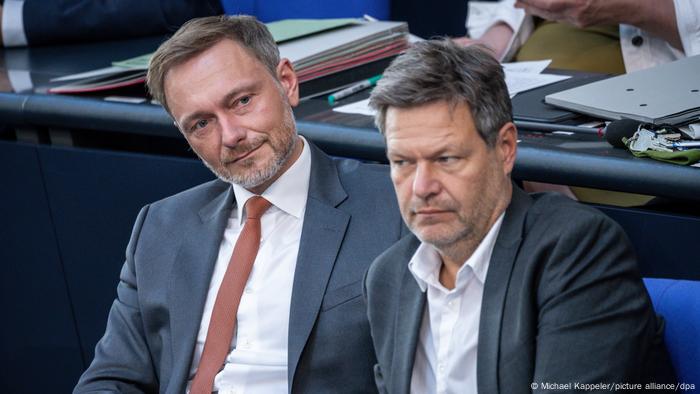As Germany scrambles to find a way to lower its reliance on Russian natural gas, the country has announced a move to the second phase — "alarm" level — of its three-stage emergency gas plan, possibly leading to higher prices for consumers. The third phase could involve gas rationing.
And the energy crisis could have even more severe consequences for industry and consumers come the fall months.
Possible solutions include purchasing from other sources, including liquefied gas; more frugal consumption and utilizing coal to a greater degree. At the same time, the neoliberal Free Democrats — the smallest party in Germany's ruling coalition government — are calling for German nuclear power plants to run longer and for the ban on natural gas extraction through the process known as fracking to be lifted.
But which of these measures will actually help prevent an impending energy crisis — and what would the consequences be for the climate and the environment?
Should German nuclear power plants run longer?
Currently, only three nuclear power plants are still connected to the grid in Germany. As things stand, they will be shut down by the end of 2022 as part of the country's complete withdrawal from the controversial energy source.
"Germany has been working toward the phaseout for a long time, and accordingly the nuclear power plant operators have reduced their staff and also stopped ordering new fuel rods," explained Bruno Burger of the Fraunhofer Institute for Solar Energy Systems in Freiburg, Germany.
The Nuclear Energy Industry Association considers the procurement of new fuel rods to be feasible — but not until fall 2023 at the earliest.
"Over the coming winter, the nuclear power plants could just about run, in other words with a limited output," according to association spokesman Nicolas Wendler.

Germany only has three nuclear power plants still in operation
But there is a further problem: Burger pointed out that Germany obtains 20% of its uranium from Russia, and another 20% from Kazakhstan, which is also in Russia's sphere of influence. That means alternative sources would need to be found. Additionally, it would take decades to build new nuclear power plants.
What's more, the existing power plants generated a total of some 34.5 terawatt hours (TWh) — or 34.5 billion kilowatt hours (kWh) — of electricity in 2021. By comparison, wind power generated 113 TWh, three times as much.
Though no CO2 is released when using nuclear power, uranium mining leads to radioactive waste. So far, Germany has no long-term storage facility for this dangerous waste.
And as the climate crisis makes Germany hotter, nuclear power plants increasingly have to be closed down for days or even weeks. This is because higher temperatures mean river water is too warm to be used for cooling purposes.
Could Germany start fracking?
Around 5% of Germany's natural gas requirements are produced domestically by drilling in sandstone deposits. According to the German Federal Association of Natural Gas, Petroleum and Geoenergy (BVEG), there are currently still secured reserves of 32 billion cubic meters, the equivalent of about 320 TWh of energy.
The German Federal Institute for Geosciences and Natural Resources estimates that about 450 billion cubic meters (4500 TWh) of natural gas are held in coal seams and another 2,300 billion cubic meters (23,000 TWh) in shale rock. Extraction would only be possible through fracking.
But the process is banned in Germany on the basis that the chemicals used in fracking pollute the environment and groundwater. And even if the ban were lifted, German fracked gas would still not be available this winter — or even next.
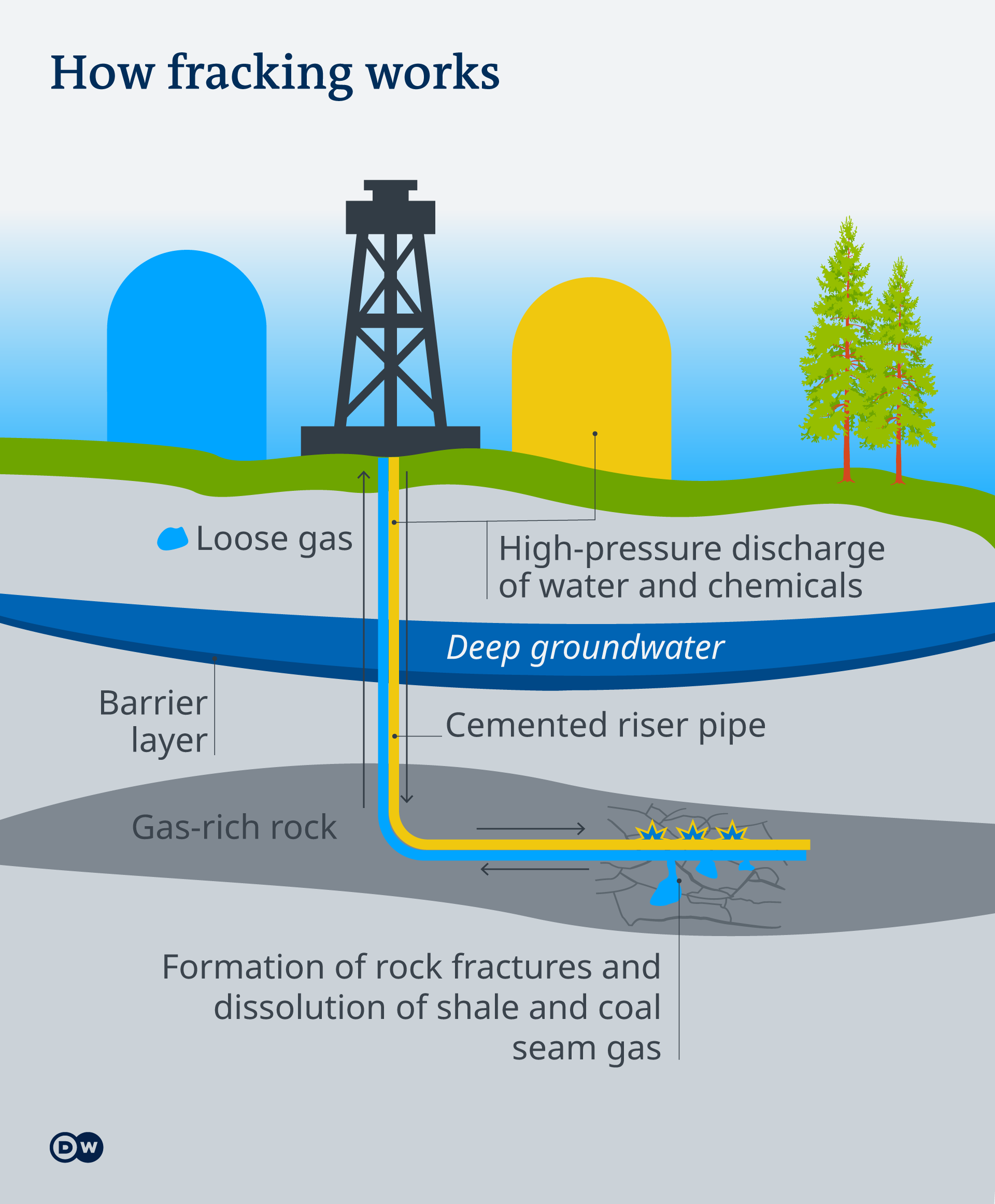
"Even if we were to open up to the use of fracking technology now, it would probably take up to four or five years before production could begin," said Ludwig Möhring, BVEG's chief executive. Because of the opposition in both political and civil society, the BVEG does not see much room for maneuver. Ultimately, the strategic decision lies solely with the German government, Möhring added.
And there is also another major environmental concern.
"During production, between 3% and 5% of gas can be lost and end up in the atmosphere. That's devastating, because methane is even more damaging to the climate than CO2," said energy scientist Burger. Natural gas is mainly composed of methane.
Are wind and solar a short-term solution?
In April, the German government introduced an ambitious package of new rules for the expansion of renewable energies — but they are not yet formally in place.
Currently, wind energy projects totaling about 10,000 megawatts are in the approval process, according to Frank Grüneisen of the German Wind Energy Association. But on average, the procedures take six years per wind turbine. So there will be nowhere near enough new wind turbines by the fall.
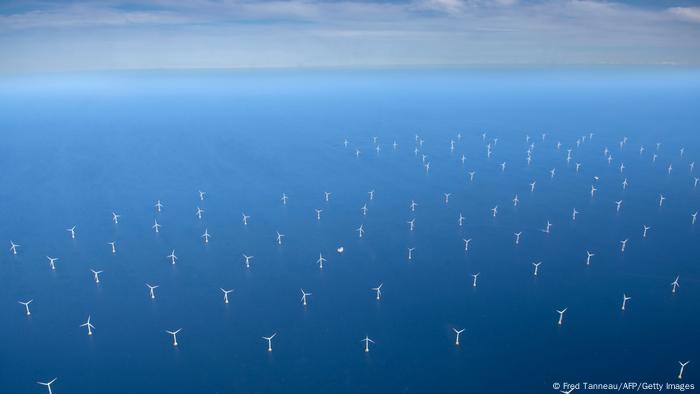
Can wind energy be a solution to Germany's energy crisis?
The situation is similar for solar energy. Although photovoltaic and solar thermal systems can be produced and put into operation relatively quickly, Carsten Körnig, managing firector of the German Solar Industry Association, said the industry is still suffering from interrupted supply chains as a result of the coronavirus pandemic.
He said a more rapid expansion hinges on having fewer bureaucratic hurdles and greater financial incentives and planning security.
Körnig estimates that more than a thousand plants installed on commercial sites are currently not allowed to feed electricity into the grid because the conditions for doing so were changed two years ago.
"That's several million kilowatt hours that aren't going into the grid," he said.
Andrea Horbelt, spokesperson for the German Biogas Association, said biogas plants could quickly ramp up their production from 95 TWh to 120 TWh per year. But such a move is currently prevented by the old Renewable Energy Sources Act, under which output is throttled at 95%. Under the right conditions, it would be possible to reach more than 230 TWh annually by 2030. "That corresponds to 42% of current natural gas supplies from Russia," said Horbelt.
More coal power and less energy consumption in the short term?
According to the German Institute for Economic Research (DIW), Russian energy supplies can be replaced in the short term through the use of more coal. This would require the lignite and hard coal-fired power plants currently in operation to generate more electricity.
In addition, power plants that have been shut down but are still held in reserve for the grid would have to be restarted. The German Economic Affairs and Climate Action Ministry has already called on power plant operators to be prepared to make their plants operational as soon as possible.
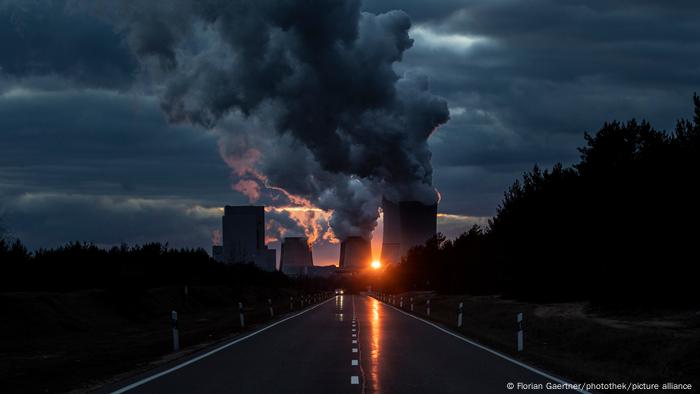
Germany's plan to stop domestic coal extraction could be scuppered
Depending on how much energy can be saved, the DIW calculates that 41 to 73 TWh of coal-fired power will be needed in 2023. Nevertheless, Germany could stick to both the coal phaseout planned for 2030 and the nuclear phaseout, the DIW said. But this will only work if renewable energies are actually expanded as broadly as planned by the federal government. In that case, coal-fired power generation could drop significantly again as early as 2024.
According to Bruno Burger of the Fraunhofer Institute ISE, the combustion of coal releases on average twice as much CO2 as that of natural gas, and for lignite the figure is two and a half times as much. However, due to the loss of methane during extraction and transport, natural gas is not a climate-friendly option either.
One more solution: Reduce consumption
Whatever path Germany takes, the DIW, the scientific research center Forschungszentrum Jülich and the German Association of Energy and Water Industries (BDEW) all agree that a loss of Russian natural gas cannot be entirely replaced by other energy sources. They say less energy must be consumed overall.
For example, BDEW sees "short-term savings potential" in space heating more than anything. Here, the trade, commerce and services sector could save up to 10% on previous consumption, while private households could save up to 15%.
In order to reduce energy demand, "energy-saving campaigns are needed as quickly as possible," wrote the DIW. In addition, measures must be implemented very quickly to increase energy efficiency and facilitate the switch to renewable heat, in conjunction with heat pumps.
This article was originally published in German.


